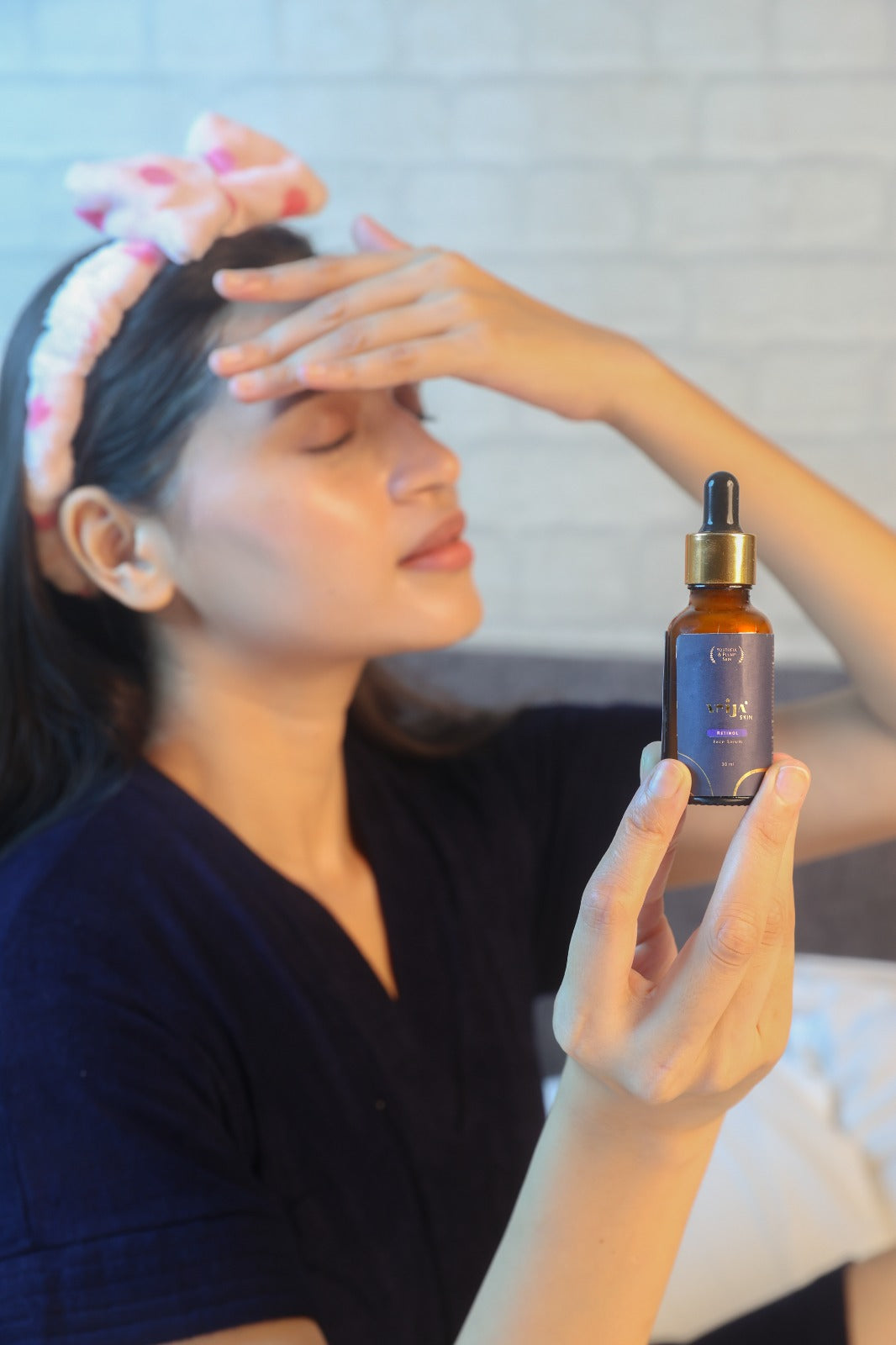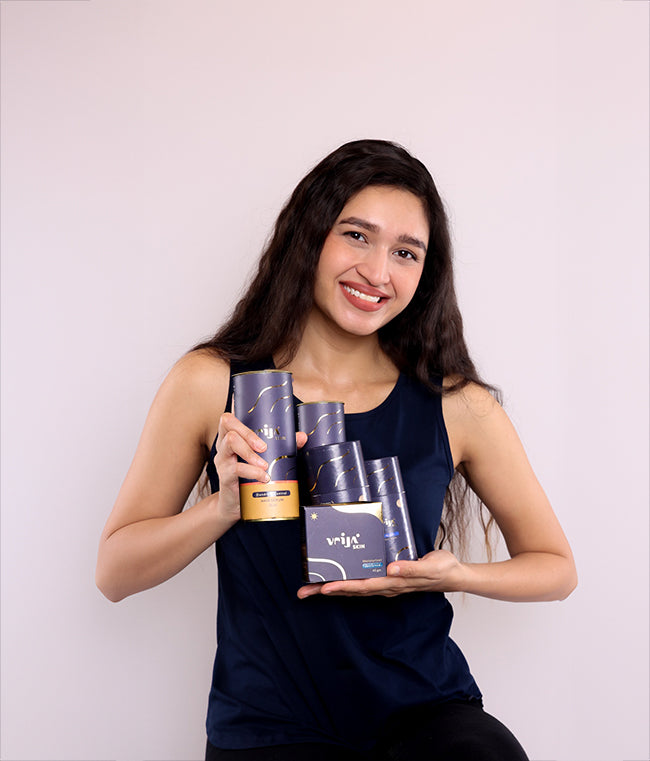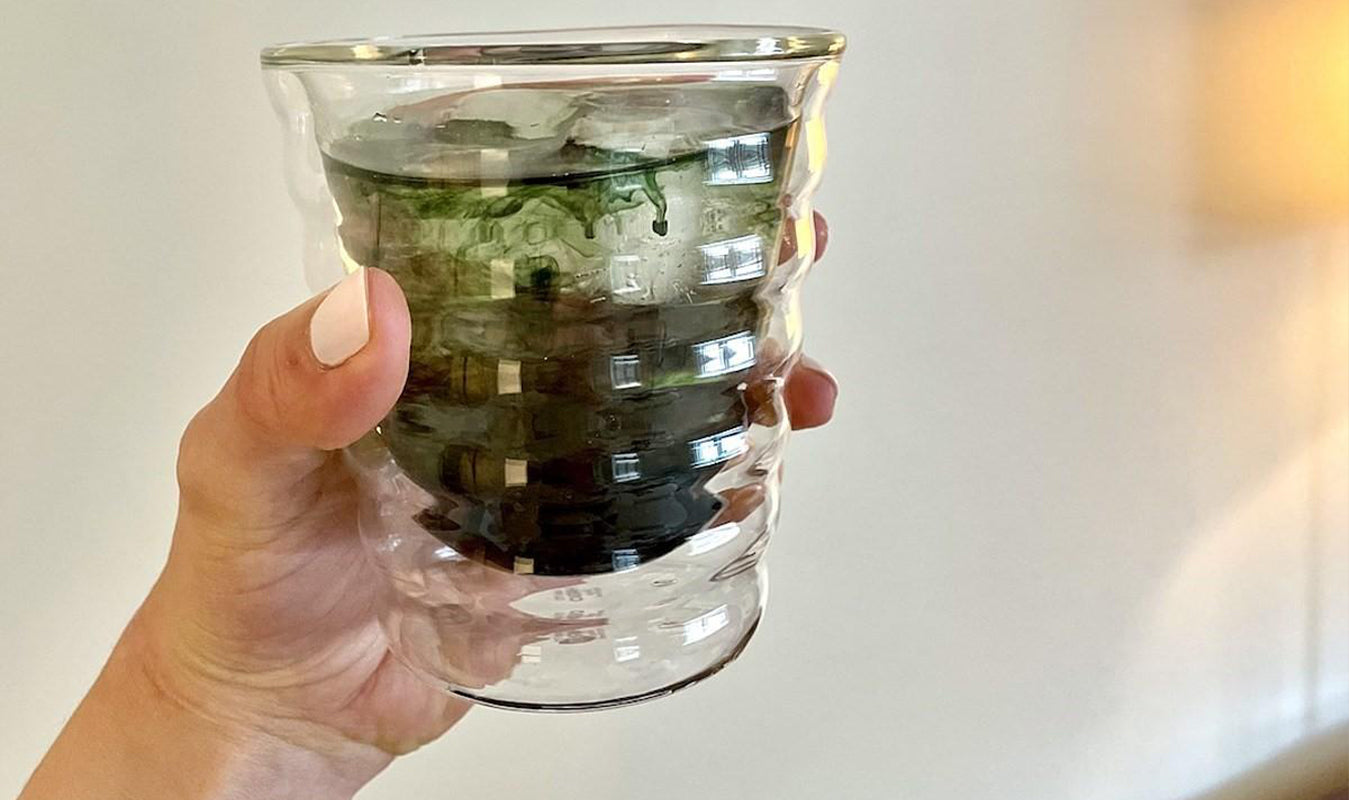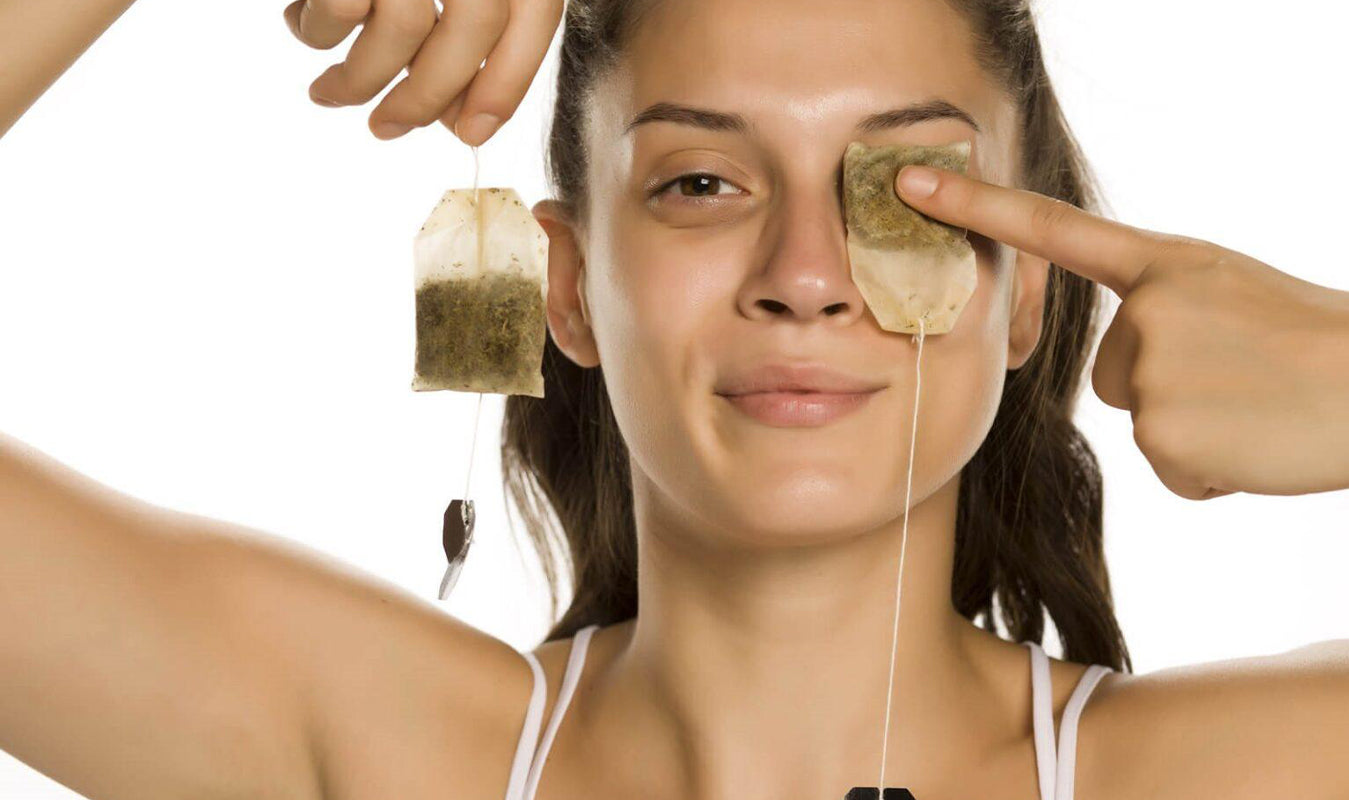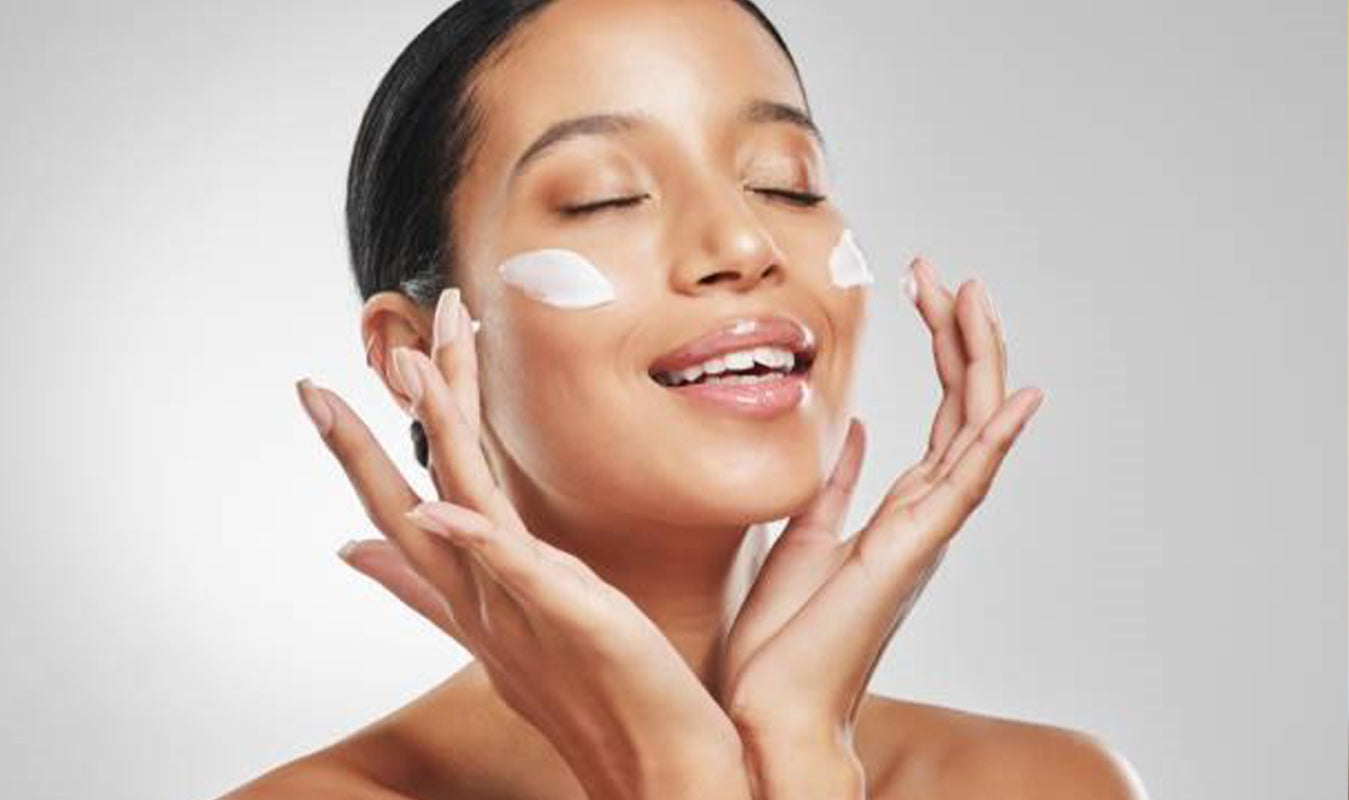
Can we directly apply sunscreen on the face?
It’s 2022, and by now most of us (if not all) are well versed with the importance of sunscreen. We know how crucial applying a good quality, broad-spectrum sunscreen with a minimum SPF of 30 is for healthy, glowing skin. It doesn’t only prevent unpleasant skin conditions like sunspots, tans, and sunburns, but also swerves deadly conditions like cancer. Most of us are also familiar with the concept of reapplying sunscreen every 3-4 hours. Nonetheless, most of us are in a constant crisis regarding the order of application of sunscreen in our morning skincare routine. While most of us are sure that sunscreen should be applied as the last part of our skincare routine, it might not be the case for all of us. The order of application of sunscreen is a largely debated topic, but today we’ll try to discuss the order that might be perfect for you.
Should we apply SPF as the first or last step in the morning?
As a rule of thumb (that has been propagated around the skincare world), you need to apply sunscreen as the last step of your morning skincare routine. If sunscreen intends to provide protection, it is practical enough for you to apply it as the ultimate step of your AM routine. However, many people argue that having layers of skincare products beneath your sunscreen leads to ineffective penetration of the sunscreen into your skin, thus leading to ineffective protection.
Still, there are certain fundamentals you need to get refined before you solve this dilemma once and for all.
Physical sunscreen: also referred to as mineral sunscreens, these protectants include mineral oxides such as zinc or titanium oxide which act as filters to deflect the harmful UV rays away from your skin. Essentially these sunscreens do not penetrate very deep into your skin. Rather, they sit on top of your skin to act as physical barriers. This category is a perfect fit for you if you have acne-prone or sensitive skin. The major con of a physical sunscreen is the white cast that it leaves on your skin, along with being somewhat thick in consistency and giving your skin an overall “heavy” feel. However, modern formulations have minimised this element, leaving you with a smooth, light, and glowy finish.
Chemical sunscreen: a chemical sunscreen protects by penetrating your skin, absorbing, and destroying the UV rays by converting them into heat energy. Chemical sunscreens do not leave any white cast, are very light in formulation, and do not pile away throughout the day. Oxybenzone, avobenzone, and octisalate are the most common ingredients (“filters”) that you might find in a chemical sunscreen. Regardless, ingredients in chemical sunscreens are said to be potent skin irritants, thus making them a difficult choice for someone with sensitive or acne-prone skin.
This, as physical sunscreens tend to divert sun rays away from your skin, it is smart of you to apply them as the final part of your AM skincare routine. On the other hand, chemical sunscreens need to penetrate your skin to work their magic. Also, these are lightweight formulations on top of which you can layer the rest of your skincare products, making it ideal for you to apply them directly on your face right after you have washed it with a cleanser. If you decide to buy a physical sunscreen, use it as the last part of your routine. But if you have a chemical SPF lying around, try using it as the first part of your routine.

